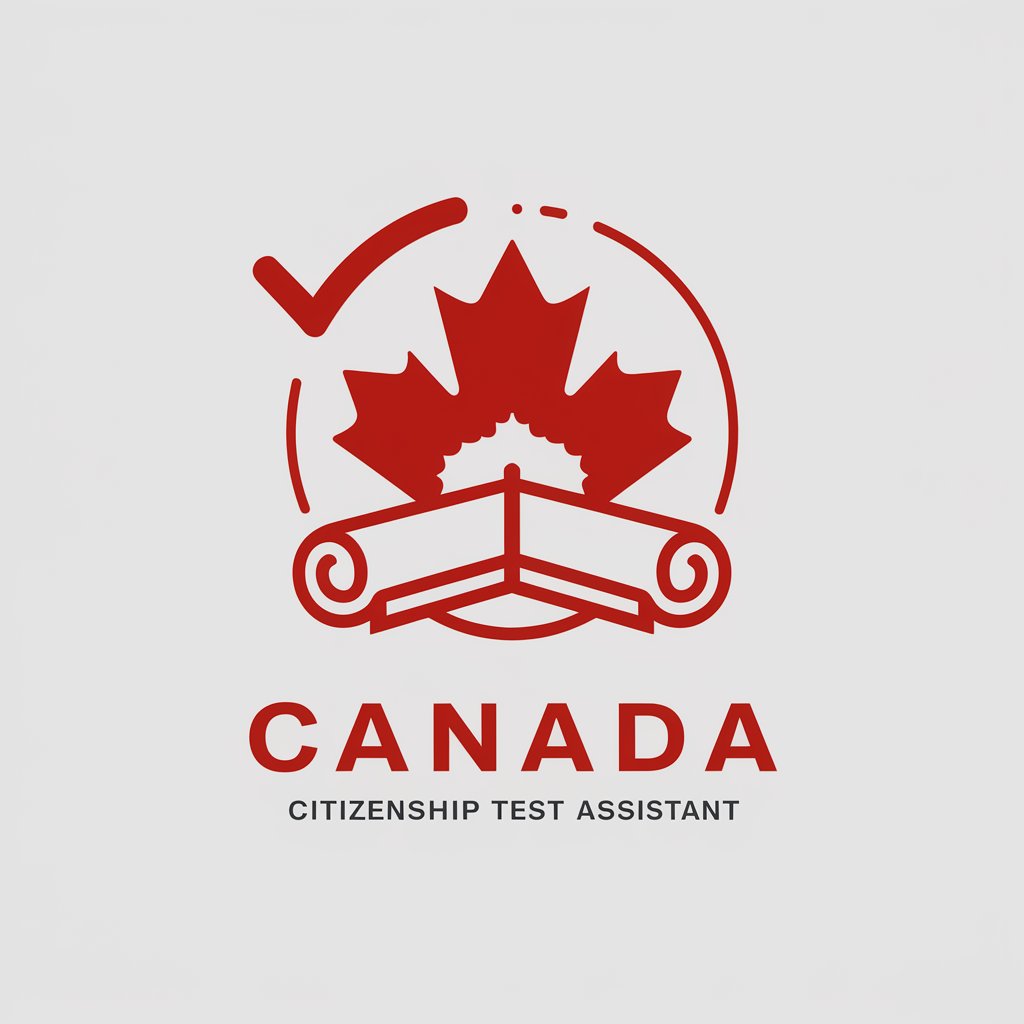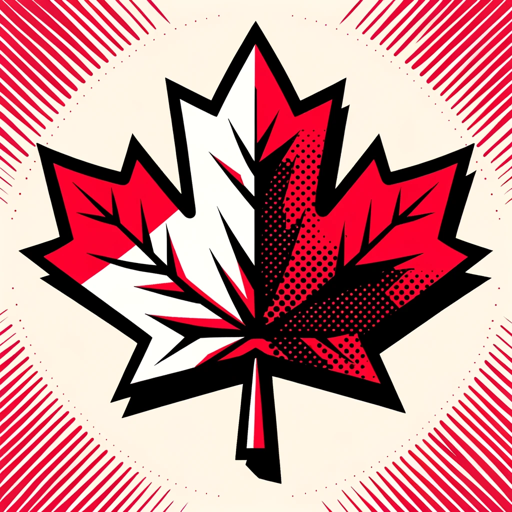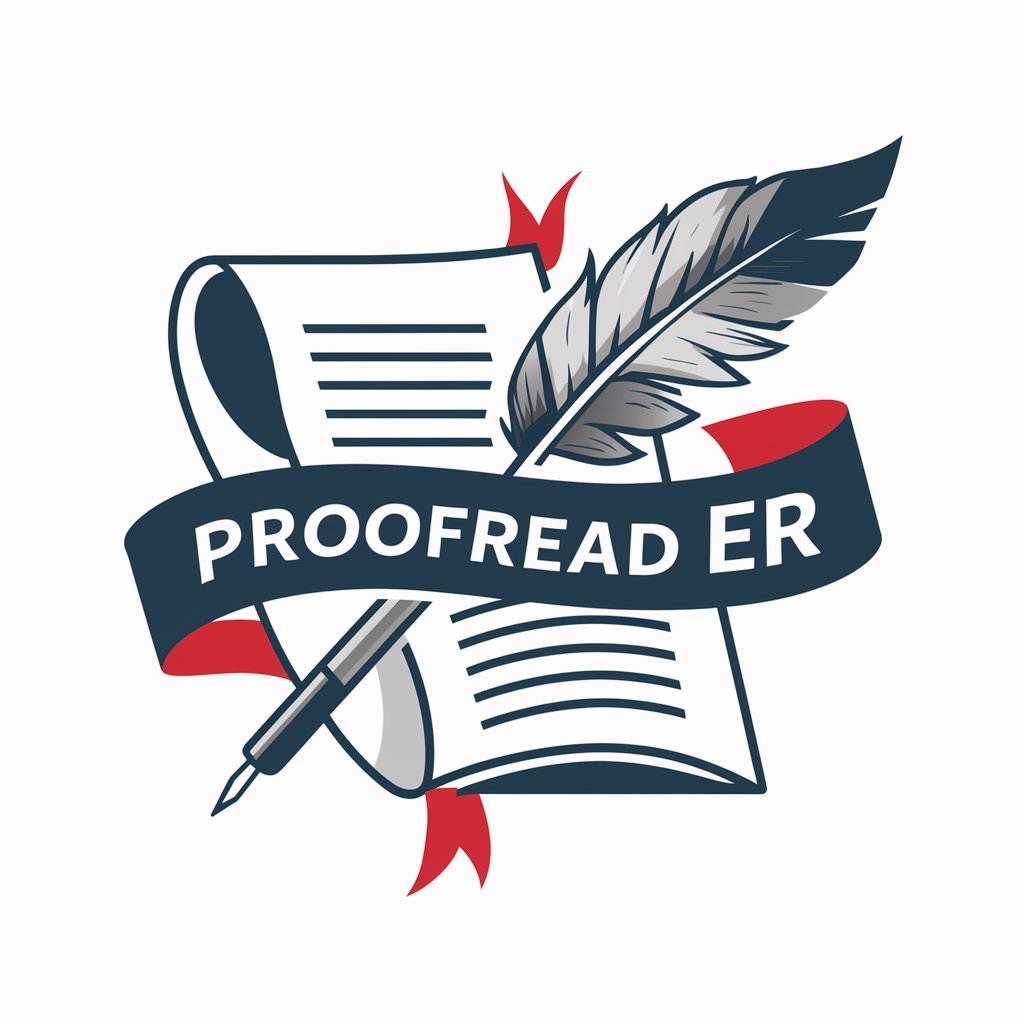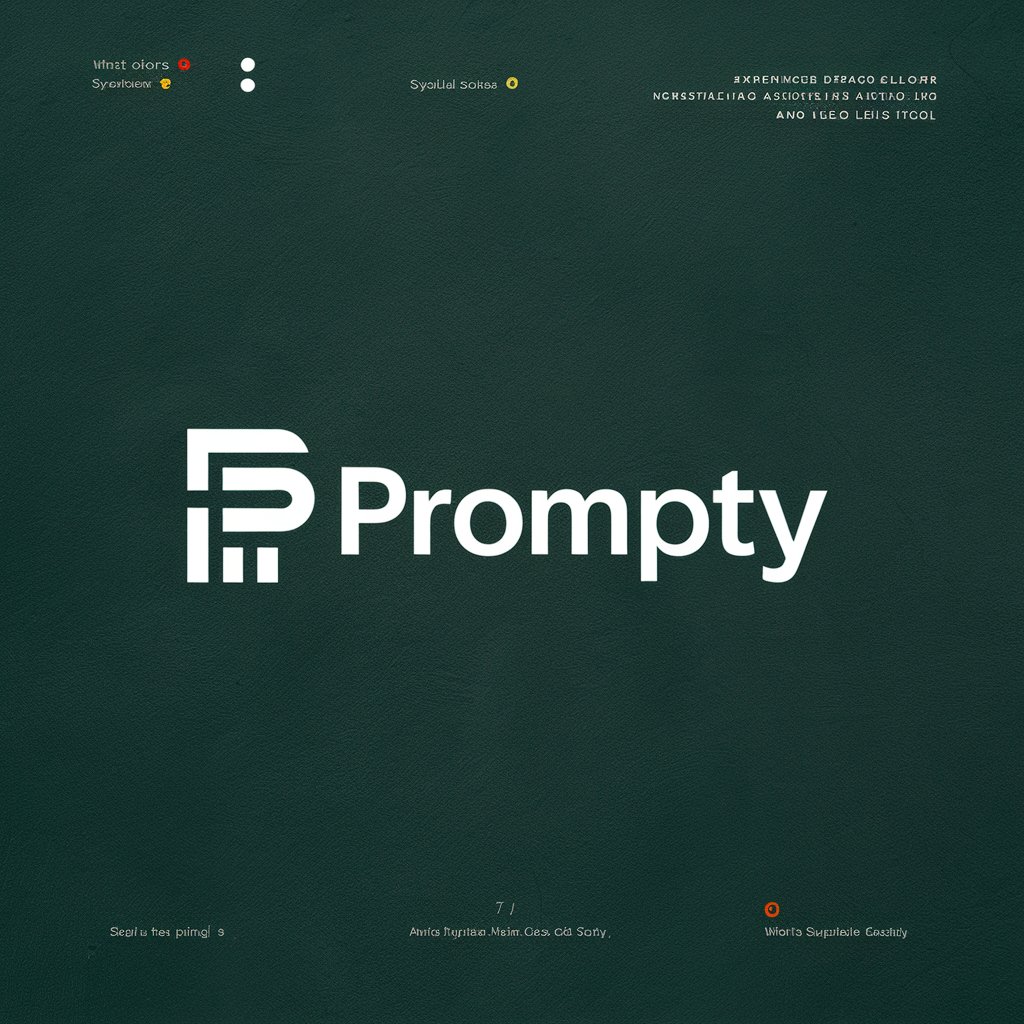Canadian English - Canadian English Learning

Chat using Canadian spelling, grammar & words
Master Canadian English with AI
Help with Canadian study and homework
Translate from U.S. to Canadian English
Craft an email to a Canadian customer
Check Canadian business etiquette
Get Embed Code
Introduction to Canadian English
Canadian English is a unique variant of the English language, blending elements from British English, American English, and its own distinct characteristics reflective of Canada's diverse heritage and linguistic landscape. Its design purpose isn't just about spelling or vocabulary differences, but also includes pronunciation, idioms, and cultural references that are uniquely Canadian. For example, Canadian English uses British spelling for words like 'colour' and 'centre,' but follows American conventions in terms like 'tire' (rather than 'tyre') and 'realize' instead of 'realise.' Pronunciation also varies, with Canadians often blending American and British accents, and unique Canadian raising in words like 'about,' often humorously mischaracterized as 'aboot.' Additionally, Canadian English includes terms and expressions rooted in Canada's geography and history, such as 'loonie' (the Canadian dollar coin), 'toque' (a knitted hat), and 'double-double' (a coffee with two creams and two sugars, commonly ordered at Tim Hortons, a quintessential Canadian coffee shop). Powered by ChatGPT-4o。

Main Functions of Canadian English
Facilitating Clear Communication
Example
In a business meeting, a Canadian might refer to the last quarter's 'favourable' results, using British spelling, but discuss 'organization' strategies with American spelling. This blend ensures clarity and familiarity for both British and American English speakers.
Scenario
This is particularly useful in international business contexts where Canadians interact with clients or partners from the UK, the US, and other English-speaking countries.
Cultural Representation
Example
When writing or speaking, Canadians might use terms like 'zed' instead of 'zee' for the letter Z, reflecting British influence, or discuss going to the 'cottage' instead of the 'cabin' or 'lake house,' which showcases a specific aspect of Canadian culture and lifestyle.
Scenario
Such usage is common in literature, media, and everyday conversation, helping to convey a sense of Canadian identity and cultural nuances.
Educational Applications
Example
Canadian English is taught in schools across Canada, emphasizing the correct use of Canadian spelling, vocabulary, and pronunciation. For instance, students learn to spell 'labour' instead of 'labor', and how to use uniquely Canadian words in appropriate contexts.
Scenario
This education ensures that Canadians can communicate effectively and maintain the linguistic traditions of Canadian English within and outside the country.
Ideal Users of Canadian English Services
Students and Educators
Students learning English in Canada or Canadian studies abroad, and educators teaching English language or Canadian culture. They benefit from understanding the nuances of Canadian English to accurately represent and comprehend Canada's linguistic diversity.
Writers and Media Professionals
This group includes authors, journalists, and media creators who produce content for or about Canada. Mastery of Canadian English allows them to authentically represent Canadian culture and communicate with a Canadian audience effectively.
Business Professionals and International Companies
Professionals working in or with Canadian firms and international companies that have a presence in Canada. Knowledge of Canadian English is crucial for clear communication, negotiation, and documentation that respects the linguistic preferences of the Canadian market.

Using Canadian English with ChatGPT
Begin with YesChat.ai
Start by exploring YesChat.ai for a complimentary trial, requiring no login or subscription to ChatGPT Plus, to familiarize yourself with Canadian English nuances.
Understand Canadian Spelling
Familiarize yourself with Canadian spelling conventions, which often blend British and American English, such as 'colour' (British) and 'organize' (American).
Learn Local Expressions
Incorporate Canadian idioms and expressions into your vocabulary, such as 'loonie' for the Canadian dollar or 'toque' for a knit cap.
Practice Pronunciation
Practice Canadian pronunciation, noting the subtle differences, such as the Canadian raising in words like 'about' and 'house'.
Utilize Canadian Resources
Engage with Canadian literature, media, and online resources to immerse yourself in the Canadian linguistic context for a comprehensive learning experience.
Try other advanced and practical GPTs
Canada Citizenship Test Prep Assistant
Empower Your Citizenship Journey with AI

Canada Crossing: Your Canadian Immigration Expert
Navigating Canadian Immigration with AI

Canadian
Unlock Canada with AI-Powered Insights

Creative Muse
Unleash creativity with AI-powered art mentorship.

Video Idea Generator
Spark Creativity with AI-Powered Video Ideas

OBEASY the Gen 2 Text-to-Video Creator AI Genie
Transforming Text into Dynamic Videos

Proofread ER
Enhancing Language, Preserving Tone

Doc Comparator
AI-Powered Document Comparison Made Easy

Solace
Empathetic AI for Emotional Wellness

Best Prompt Writer, Generator & Editor
AI-powered Precision in Every Prompt

Ecommerce guide
Empowering E-commerce with AI Insights

Seller Listing Assistant
Optimize eBay listings with AI power

FAQs about Canadian English
What distinguishes Canadian English from other English dialects?
Canadian English is a unique blend of British and American English, characterized by its own spelling conventions, vocabulary, and, in some regions, pronunciation features like Canadian raising.
Can you provide examples of uniquely Canadian words?
Sure, words like 'toque' (a knit hat), 'chesterfield' (a sofa), and 'double-double' (a coffee with two creams and two sugars) are distinctly Canadian.
How does Canadian spelling differ from British and American spelling?
Canadian spelling adopts a mix, favoring British spellings for words like 'favour' and 'colour,' but American spellings for words like 'organize' and 'realize'.
Is Canadian English recognized globally?
Yes, Canadian English is recognized and understood globally, though it's often seen as closely related to American English due to cultural and media influences.
How can I improve my Canadian English skills?
Improve by engaging with Canadian media, reading Canadian literature, practicing spelling and pronunciation, and using Canadian English in daily conversations.
